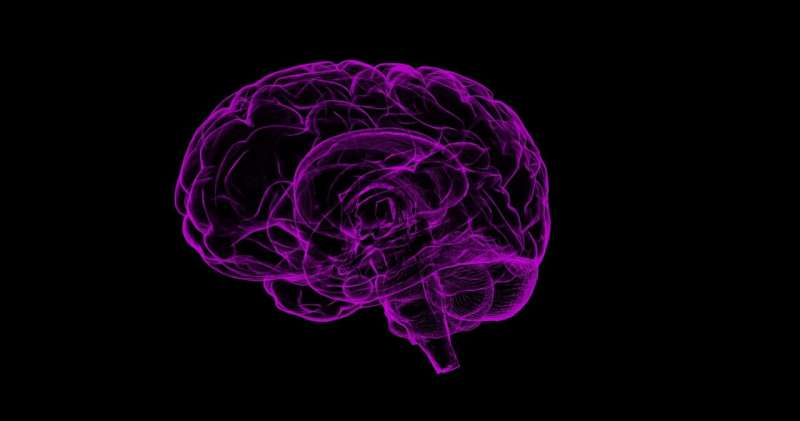Understanding Brain Changes Behind Empathy Loss in Frontotemporal Dementia

Frontotemporal dementia (FTD) has recently garnered increased attention following notable cases such as actor Bruce Willis, who was diagnosed with the condition in 2023, and US chat show host Wendy Williams. Despite growing awareness, much remains unknown about FTD, especially regarding the brain mechanisms that cause its early symptoms and how to detect the disease sooner.
Research efforts are shedding light on specific brain processes involved in one of the initial signs of FTD: loss of empathy. This symptom often manifests as a diminished sense of warmth and concern for loved ones, profoundly affecting relationships and family dynamics. Recognizing the importance of this symptom, scientists conducted a study comparing 28 FTD patients with 28 healthy controls using functional magnetic resonance imaging (fMRI). During the scans, participants viewed images depicting hands being pricked by needles versus being touched by a Q-tip, a method used to evoke emotional responses related to observing pain.
Findings revealed that in healthy individuals, brain regions such as the anterior insula, anterior cingulate, and thalamus activate in response to perceived pain, monitoring internal bodily signals related to empathy. However, in FTD patients, activity in these critical areas was significantly diminished. Importantly, the degree of reduced activity correlated with the level of empathy deficits reported by their family members.
Empathy comprises two facets: emotional empathy, the ability to react emotionally to others’ feelings, and cognitive empathy, understanding the intentions and perspectives of others. While these are related, they are distinct; for example, individuals with antisocial personality disorder may understand others’ motives but lack emotional empathy, whereas those with autism may feel emotionally connected but struggle to infer others' thoughts.
This research highlights the vital role of brain systems involved in bodily awareness and emotional processing. Reduced activity in areas responsible for monitoring bodily signals suggests that disruptions in these networks underpin the empathy loss observed in FTD.
Looking ahead, ongoing research aims to explore how alterations in the brain's processing of bodily signals affect empathy and self-awareness in FTD. Although about 30% of FTD cases are genetic, the exact causes remain elusive, and no cure exists yet. Raising awareness through patient stories is crucial, as understanding the neuronal basis of empathy deficits can guide the development of improved diagnostics and potential therapeutic approaches to mitigate the disease’s impact.
This evolving knowledge underscores the importance of studying brain functions associated with empathy, with the hope of ultimately finding ways to slow or reverse some of the disease’s devastating effects.
Stay Updated with Mia's Feed
Get the latest health & wellness insights delivered straight to your inbox.
Related Articles
Pregnancy-Related STIs Increase Risks of Birth Complications: New Research
New research links sexually transmitted infections during pregnancy to higher risks of preterm birth, stillbirth, and small-for-gestational-age babies, highlighting the need for improved screening and healthcare access.
Research Shows Human Medical Staff Outperform AI in Emergency Patient Triage
A new study reveals that doctors and nurses outperform AI in triaging emergency patients, highlighting AI’s current limitations and potential as a support tool in busy medical settings.
GLP-1 Weight Loss Injections Show Potential in Alleviating Asthma Symptoms
New research indicates that GLP-1 receptor agonists, known for weight loss, may also reduce asthma symptoms in obese patients, offering a promising new therapeutic approach.



